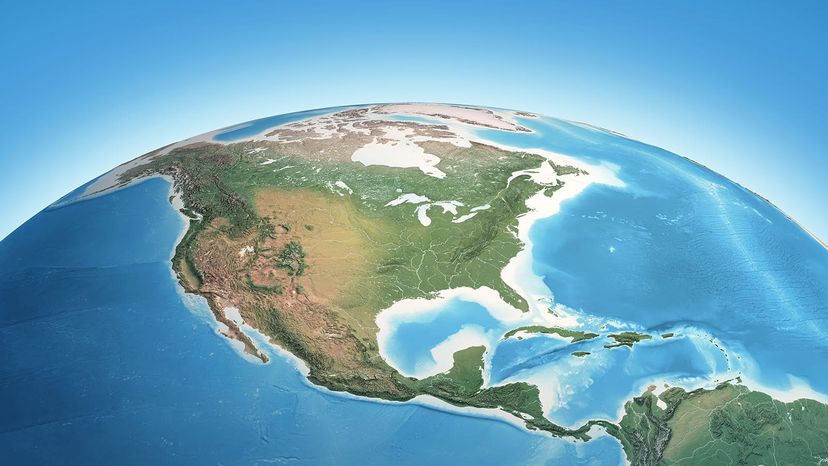Tourism plays a vital role in North America's economy. Cities like New York, Los Angeles, Miami, Toronto, Mexico City and Havana offer a blend of historical sites and modern experiences. Washington, D.C., the capital of the United States, is home to iconic landmarks like the White House, the Capitol, and numerous museums and monuments on the National Mall.
Mexico is famous for its ancient civilizations, with archaeological sites like Chichen Itza, Teotihuacan and Palenque attracting history buffs. The country's vibrant festivals, cuisine and colonial architecture also appeal to visitors.
Visitors are drawn to the continent's natural wonders, too. These include Denali (formerly known as Mount McKinley) in Alaska, the Grand Canyon in Arizona, Niagara Falls on the U.S.-Canada border, Yellowstone National Park in the western U.S. and the pristine beaches of the Caribbean countries like those in the Turks and Caicos Islands.
In the United States, California offers beaches in Southern California and forests and mountains in Northern California. Meanwhile, Florida is famous for its theme parks like Walt Disney World and Universal Studios, as well as the naturally beautiful Everglades.
In Canada, people flock to the Rocky Mountains for excellent skiing and snowboarding in the winter, and hiking in the summer. The Maritimes in eastern Canada are famous for their seafood and charming small towns. British Columbia is another top destination, featuring temperate rainforests, multicultural cities like Vancouver and natural spots like the Whistler Blackcomb ski resort.
The Caribbean islands are a major draw for tourists who are looking to spend time in the sun, sand and sea. Known for pristine beaches, clear turquoise waters, and excellent diving and snorkeling sites, the West Indies are a favorite among travelers for both relaxation and adventure.
We created this article in conjunction with AI technology, then made sure it was fact-checked and edited by a HowStuffWorks editor.
